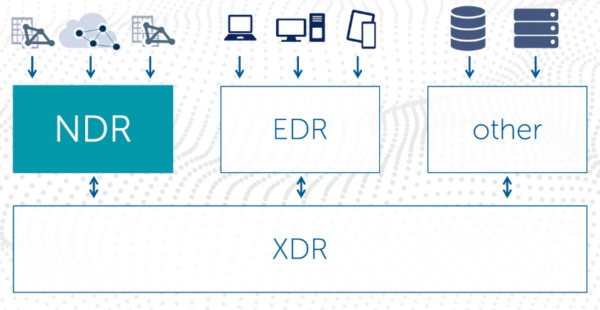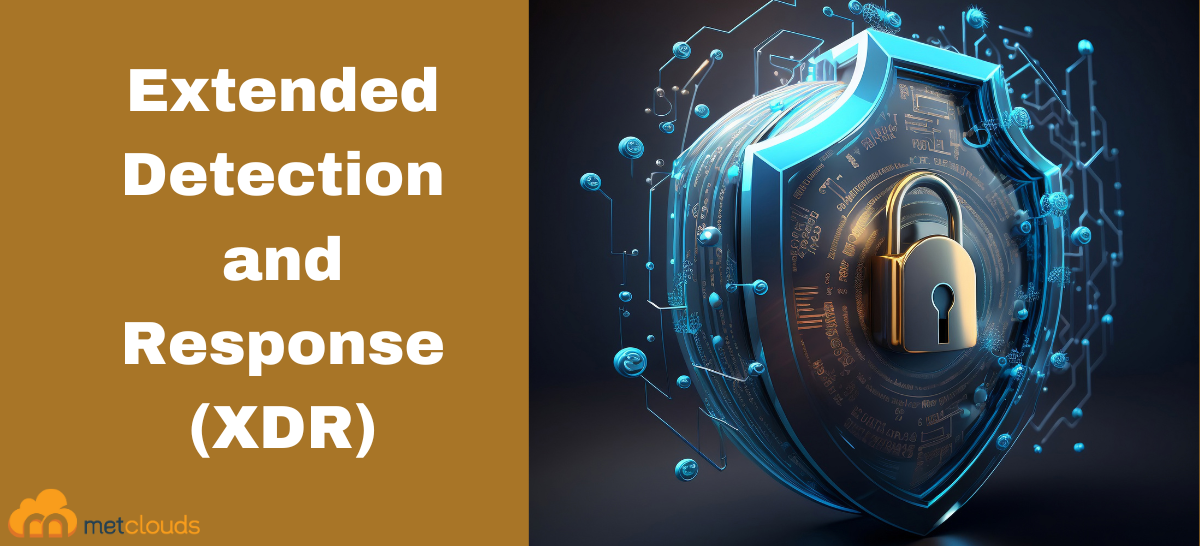As cyber threats are more sophisticated and complex, organizations are turning to extended detection and response (XDR) to enhance their security posture. XDR is an innovative approach to cybersecurity that involves integrating all security tools and unifying security operations across multiple layers of an organization’s security infrastructure.
By bringing data together from multiple sources, XDR enables organizations to detect, investigate, and respond to threats more efficiently and effectively than traditional security solutions. With XDR, security teams can gain a holistic view of their organization’s security posture, allowing them to make better-informed decisions and take action quickly to minimize the impact of threats.
One of the advantages of XDR is its open architecture, which allows for seamless integration with existing security tools and technologies. So organizations can leverage their existing investments in security solutions while benefiting from the enhanced capabilities of XDR.
XDR system
An Extended Detection and Response (XDR) system is a next-generation security solution designed to help organizations detect and respond to advanced cyber threats. XDR systems combine multiple security technologies, including endpoint detection and response (EDR), network detection and response (NDR), and security information and event management (SIEM), to provide comprehensive threat detection and response capabilities.

- EDR: Communicates with laptops, desktops, and things like that, gathers information from them, and reports on that.
- NDR: Network Detection and Response System, which looks at the view of security from the network perspective.
- SIEM: Security Information and Event Management system gathers information from sources such as a database, an application, and other security appliances and components. It can also gather information from an EDR and an NDR.
- Threat intelligence feed: This collects threat-related information from several different sources which tells what is happening in the security world.
All this information is taken and kept in a high-level system. This is XDR. XDR takes information from EDR, NDR, SIEM, and threat intelligence feed. XDR includes different components.
- Correlates information and gives you a single view of information.
- Analyze the information by using artificial intelligence to increase the ability to understand the underlying cause of the threat. This component also includes user behavior analytics (UBA), which can look for abnormal activities that certain user are doing that doesn’t match with their peer groups.
- Investigating component does the threat hunt. This component will go out and find who is doing this and extend of the damage.
- Response components can secure, orchestrate, automate, and respond (SOAR). This component allows you to manage cases, figure out who is doing the threat and to whom, and what action do we need to take ultimately to get back up and operational.
XDR system also has Attack Surface Management (ASM), Vulnerability Management (VM), and a Single Pane of Glass (SPoG).
XDR systems use machine learning and artificial intelligence to analyze data and detect anomalous behavior. When a threat is detected, XDR systems can automatically respond by isolating affected endpoints, blocking malicious traffic, or alerting security personnel. XDR systems provide a more effective and efficient way for organizations to protect against advanced cyber threats and reduce the time to detect and respond to incidents in the organization.
Conclusion
Overall, XDR is a tool for organizations looking to stay ahead of the ever-evolving threat landscape. By integrating security tools and unifying security operations, XDR enables organizations to detect and respond to threats faster and more effectively, ensuring their critical assets remain protected.
Metclouds Technologies improves your organization’s threat detection and response capabilities with XDR.


